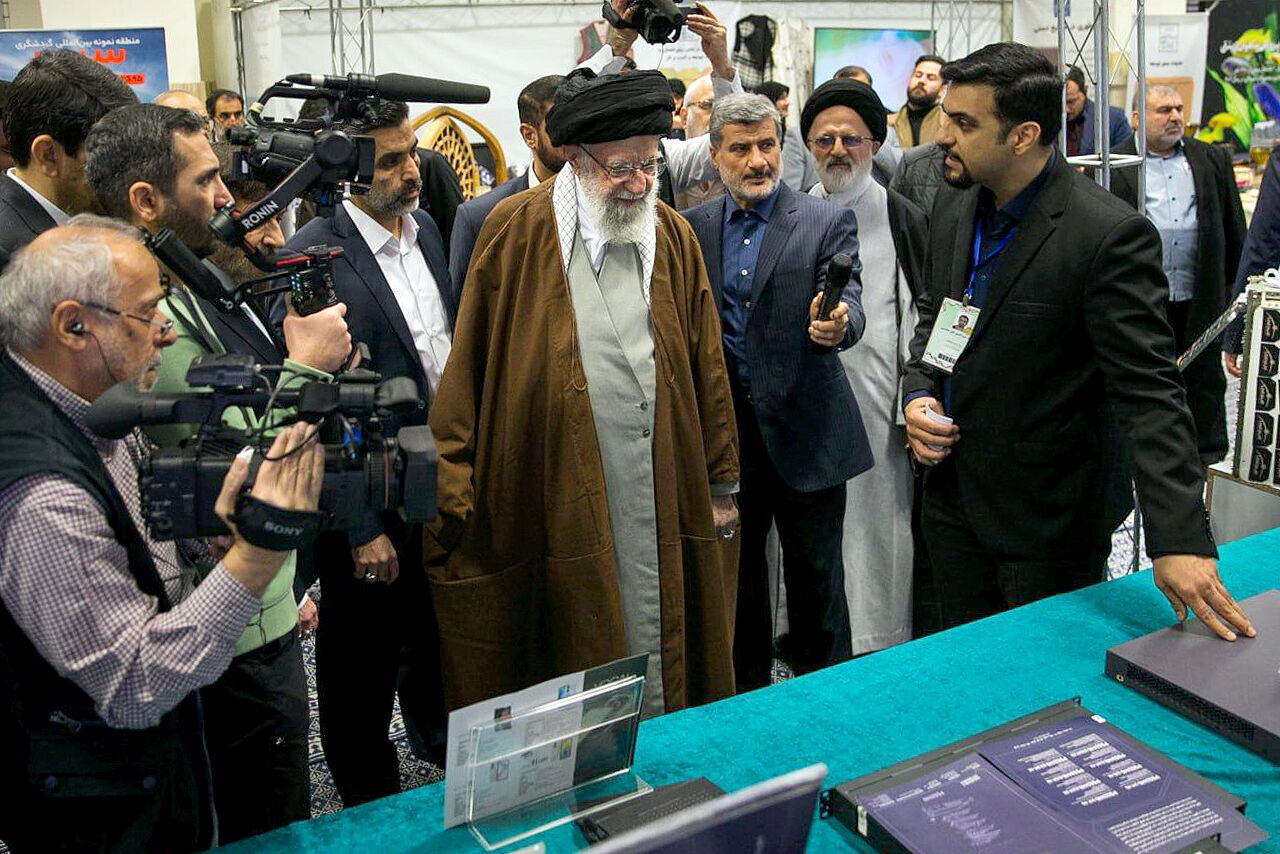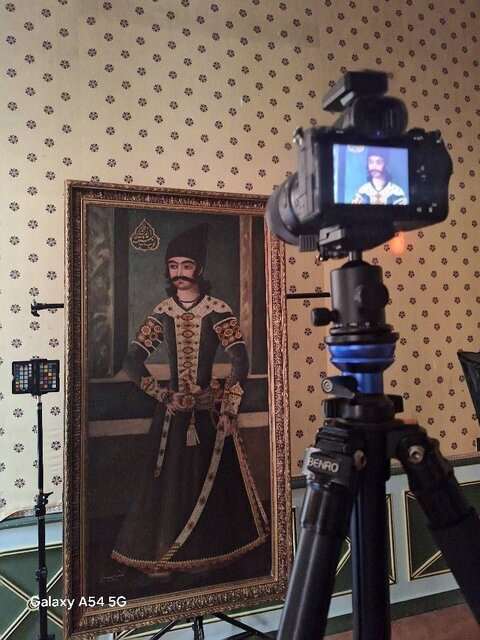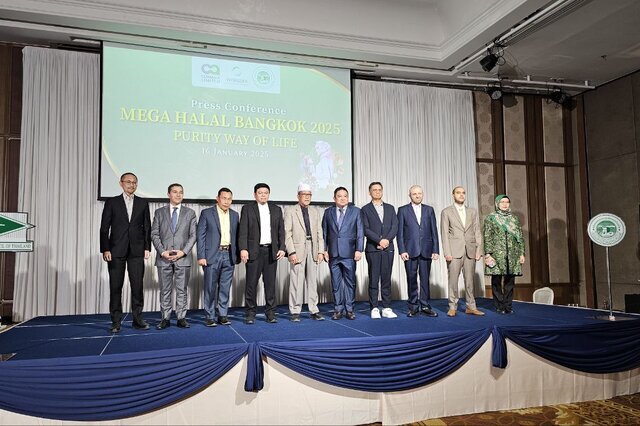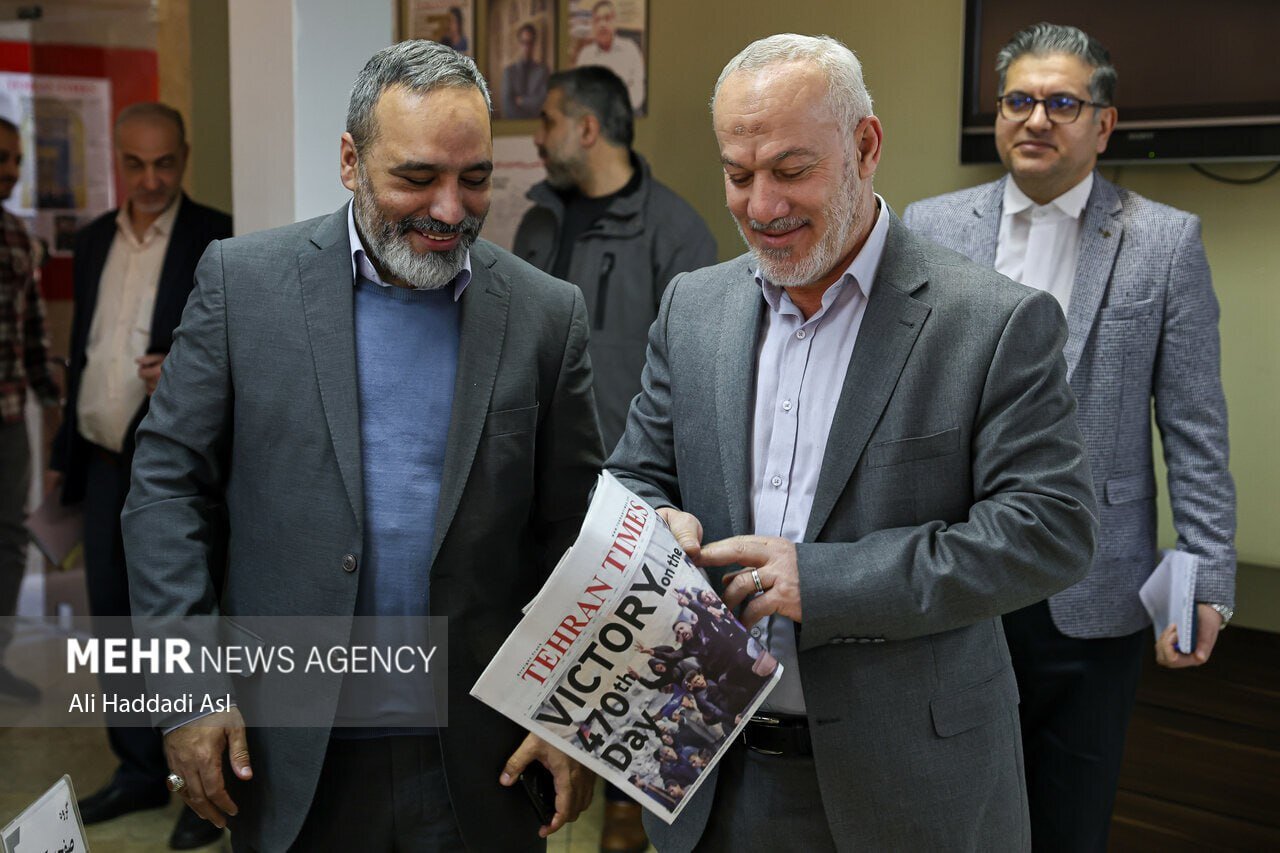
TEHRAN-An exhibition of manuscripts of Persian and Urdu poetry and prose by the well-known bilingual poet of the 18th century Mughal India Mir Taqi Mir (17231810) was held at the Urdu Ghar in Delhi, India.The Anjuman Taraqqi Urdu Hind organized the exhibition in collaboration with the Urdu Ghar and the Noor Microfilm Center from January 11 to 17.
The opening ceremony of the exhibition was attended by the Ambassador of Iran to India Iraj Elahi and the Cultural Counselor of Iran in New Delhi Faridoddin Faridasr as well as several Indian officials and academics, ISNA reported.In his speech, Elahi expressed his appreciation for the efforts of the Urdu Ghar and the Noor Microfilm Center to preserve and protect the literary treasures of Mir Taqi Mir and many other excellent academic, literary, and religious works, and said: In a situation where libraries and the culture of reading books are on the decline, this step is very commendable.For his part, Faridasr, while appreciating both organizers, addressed the poetic elements of Mir Taqi Mir and said: The pain of Sufism is completely different from the definition of pain by modern European countries.This exhibition brought together a rare collection of Mirs manuscripts, books, the stories he wrote for his son, his Ghazal and Masnavi (the spiritual couplet) collection, and documents that offer a deep and intimate insight into the life and work of the literary giant.A focal point of the event was the display of at least two different manuscripts of Zikr-e Mir, the autobiography of the poet, which provided rare insights into his personal life, his struggles, and his evolution as a poet.
Written in 1807, these manuscripts offer an intimate view of Mirs thoughts and reflections, making them an invaluable piece of literary history.Equally notable was the display of three different manuscripts of Kulliyat-e Mir, a comprehensive collection of his poetry that remains a cornerstone of classical Urdu literature.The exhibition also showcased a manuscript of Tazkira Nikat-ush-Shora, a biography of poets written by Mir himself, demonstrating his engagement with the literary circles of his time and his influence on subsequent generations of poets.Adding to the significance of the event was the presentation of Mirs bayaaz (personal notebook), which provided further glimpses into the poets private musings and thoughts.In keeping with the times, Anjuman Taraqqi Urdu Hind has not only focused on preserving physical manuscripts but has also embraced technology to ensure the accessibility of Mirs work for future generations.
The organization has undertaken a major effort to digitize all of Mirs manuscripts and rare books in collaboration with the Noor Microfilm Centre and Iran Culture House, New Delhi.This digital archive ensures that these precious literary works will be preserved long after the exhibition has concluded and remain accessible to scholars, researchers, and literary enthusiasts worldwide.The digitization effort also speaks to a broader vision of making Mirs work more accessible and facilitating research for future generations of writers, historians, and academics.The exhibition itself displayed original and gathered manuscripts of Mirs poetry, many of which were sourced from prominent collections like the Shibli Memorial Library of Urdu Ghar, Rampur Raza Library, Aligarh Muslim Universitys Azad Library, and the Hyderabad Library.The exhibition was part of a broader initiative to celebrate the tricentenary of Mir Taqi Mirs birth.
The Anjuman has been organizing a year-long series of activities dedicated to his life and works.
In addition to the exhibition, these celebrations include discussions, festivals, book launches, and special journal editions.Furthermore, the Anjuman organized a three-day festival in February 2024 in collaboration with the India International Center, which celebrated Mirs life in his home city of Shahjahanabad (now part of Delhi).
The festival also focused on the influence of Mirs work on the citys culture and literary scene.Another significant publication released as part of the tricentenary celebrations was a special issue of Urdu Adab, the quarterly journal published by Anjuman Taraqqi Urdu Hind since 1921.
The issue, launched on January 11 by Iraj Elahi, is dedicated to Mir Taqi Mir, further cementing his place as a central figure in Urdu literature.Mir Muhammad Taqi, known as Mir Taqi Mir, was one of the pioneers who gave shape to the Urdu language itself.
He was one of the principal poets of the Delhi School of the Urdu ghazal and is often remembered as one of the best poets of the Urdu language.The signature of his poetry is the grief he expresses.
He has expressed a lot of grief over the downfall of his city, Delhi.He lived at a time when the Urdu language and poetry was at a formative stage and his instinctive aesthetic sense helped him strike a balance between the indigenous expression and new enrichment coming in from Persian imagery and idiom, to constitute the new elite language known as Rekhta or Hindui.Basing his language on his native Hindustani, he leavened it with a sprinkling of Persian diction and phraseology and created a poetic language at once simple, natural, and elegant, which was to guide generations of future poets.SS/SAB

 16
16













